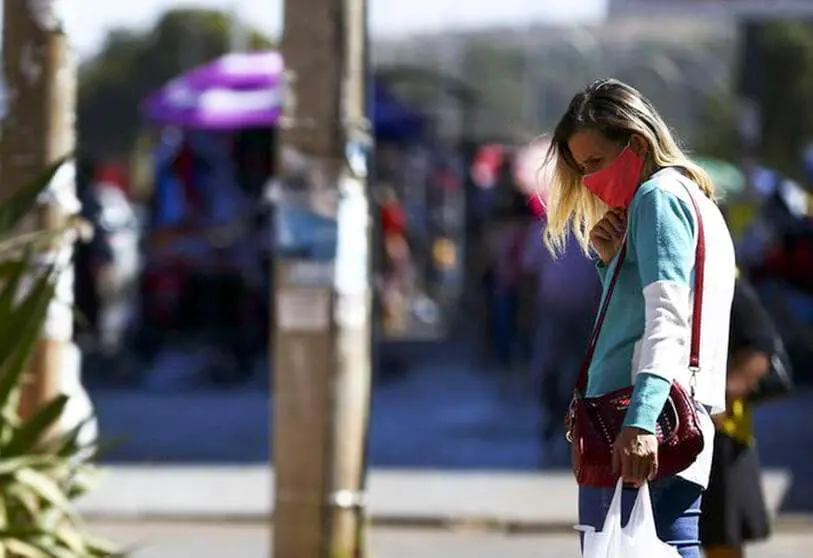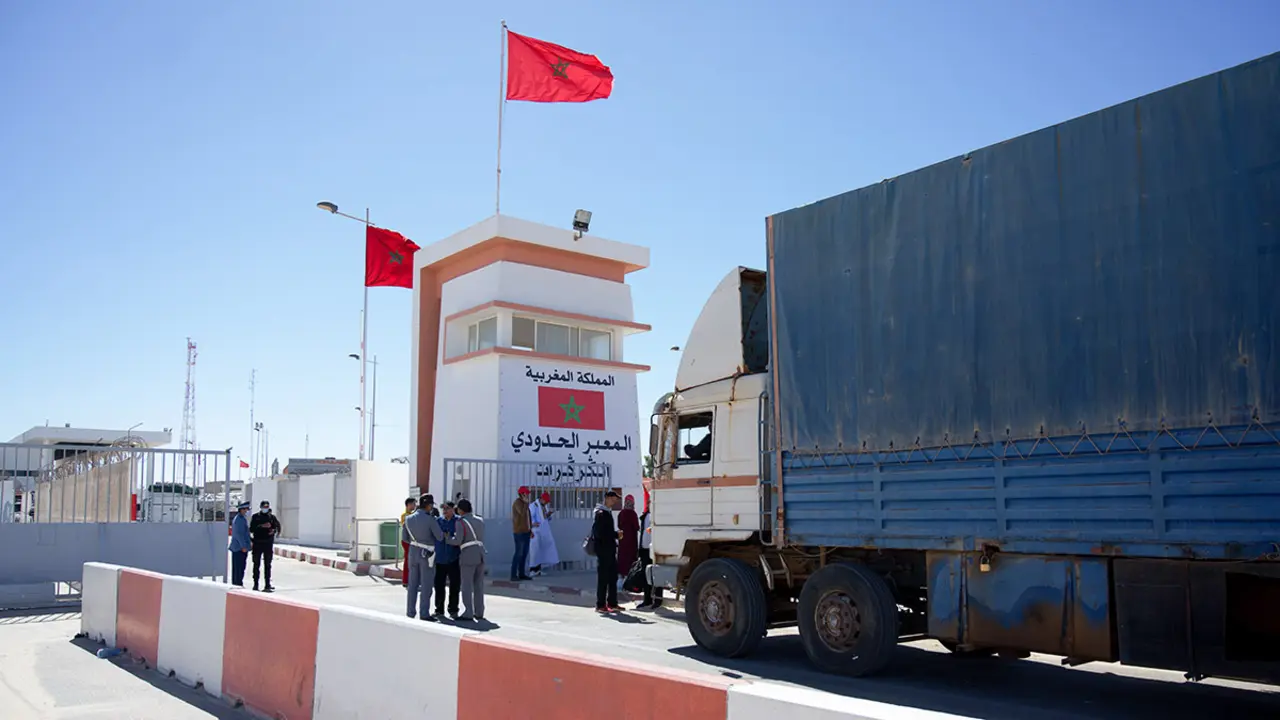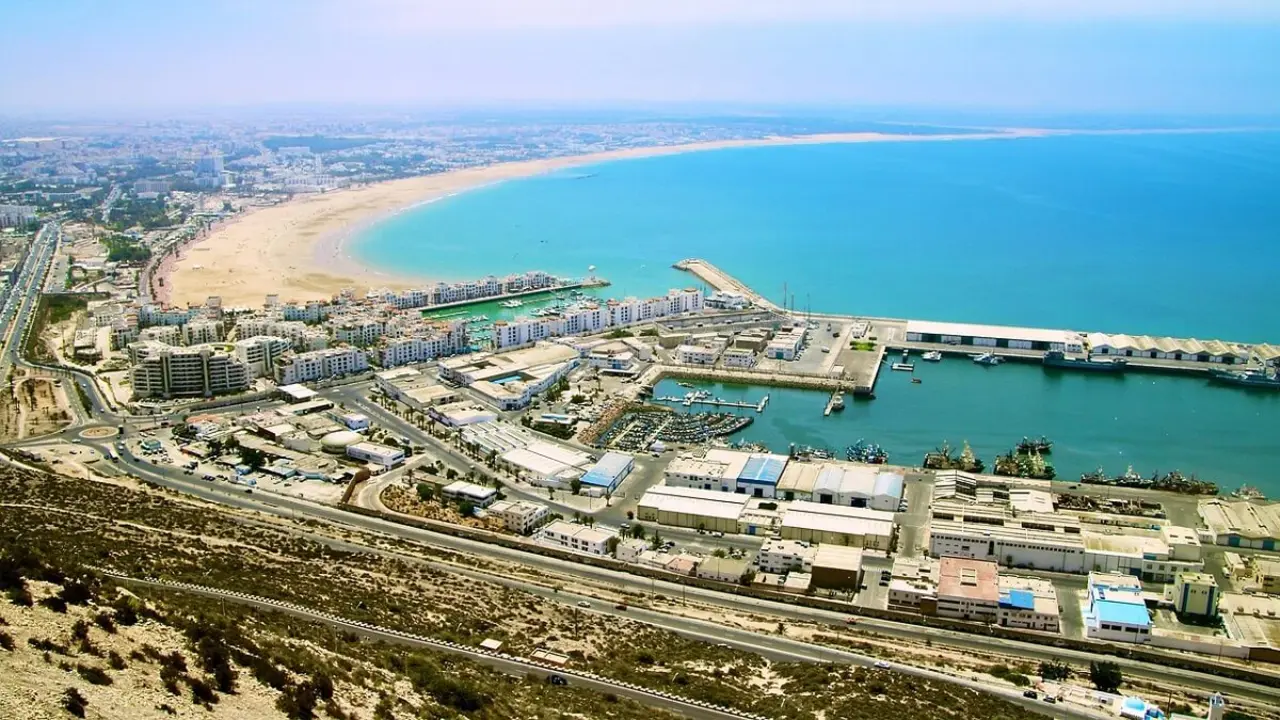Latin America's labour market recovery from the pandemic will be slow

A reactivation of the labour market in Latin America and the Caribbean post-COVID-19 will be slow and it will take a long time for the main indicators of the world of work to return to pre-crisis levels and even longer to meet the targets set in the Sustainable Development Goals, according to a joint report by the heads of the UN Economic Commission for that region and the International Labour Organization.
The 23rd edition of the report Labour Situation in Latin America and the Caribbean. Labour dynamics in a crisis of unprecedented characteristics: policy challenges notes that a return to the pre-pandemic level of economic activity will take several years, resulting in a slow recovery in employment.
Thus, if an average regional gross domestic product (GDP) growth rate of 3 per cent were maintained, only the level of GDP that existed in 2019 would be reached in 2023. However, with the average rate of 1.8 per cent shown over the last decade, the level of GDP in 2019 would only be reached in 2025. And with the average rate of 0.4% noted during the last six years, it would not be reached in the next decade.
Therefore, the United Nations agencies emphasize that active macro policies are required along with sectoral policies that promote sustainable development with employment.
This implies promoting environmental policies that stimulate employment and growth, supported by active fiscal policies, and investment projects with an environmental sustainability approach, which must be complemented by industrial and technological policies to build national productive capacities and increase competitiveness.
It is also necessary to provide financing and liquidity to micro, small and medium-sized enterprises (MSMEs), with longer terms and lower costs.
In addition to providing figures on the dynamics of the labour market in recent months, especially in the first two quarters of 2020, the joint ECLAC-ILO report points out that for various reasons women, young people and immigrants are among those who have been strongly affected by the health crisis. Specifically, the second part of the document examines how young people were affected in the current employment situation.
According to the document, in 2020 the economies and labour markets of Latin America and the Caribbean were hit by the COVID-19 pandemic in a way never before seen, which has resulted in the largest contraction in the last 100 years with strong economic, labour, social and productive costs.

The groups most affected have been those who, because of the type of work they do, are unable to do telework. These include women, who in addition to suffering falls in employment have had to withdraw from the labour market to perform care and household tasks; informal workers, affected by the prohibition of movement and the reduced capacity of households to hire workers; sectors related to commerce, manufacturing, construction and services (tourism and entertainment); young workers newly inserted into the labour market due to the lack of generation of new jobs; lower-skilled workers in general in more informal jobs and in need of physical proximity; and micro and small and medium-sized enterprises.
According to the report, the greatest effects were felt in the second quarter of the year when an estimated 47 million jobs were lost in the region as a whole compared to the previous year. Many of those who lost their jobs saw no opportunities for early reintegration into the workforce or were prevented from seeking employment by mobility restrictions and withdrew from the labour force. Job losses were thus only partially expressed in an increase in open unemployment, which rose from 8.9 per cent in the second quarter of 2019 to 11 per cent in the second quarter of 2020.
With regard to youth employment during the COVID-19 crisis, the pandemic has strongly affected youth employment in the 15-24 age group, particularly impacting those entering the labour market for the first time.
According to available data from four countries in the region, the fall in employment for people in this age range was 7.8 per cent compared to the second quarter of 2019, while for those aged 25 and over it was 7.3 per cent. Similarly, the increase in the unemployment rate for young people in the second quarter of 2020 was greater than for adults (3.4% versus 1.8%), despite the greater fall in the participation rate (8.7% versus 6.8%).
The effect of the crisis is greater among young people due to the reduced availability of vacancies for first jobs (fewer incorporations) and the lower renewal of temporary contracts and trial periods (more detachments), according to ECLAC and ILO.
The lower likelihood of finding work discourages their search, increasing the number of inactive young people who are neither looking for work nor studying. "These long periods of inactivity leave scars on the employment trajectory: more informality and greater exclusion from the labour market in the future," the report warns.
For all these reasons, the organisations indicate that the labour insertion of young people should be promoted by combining classroom training with a later stage of internships in companies. This should be complemented by monetary subsidies to ensure the assistance and participation of young people, as well as employment services to support job reinsertion.
In addition, vocational training programmes are needed to facilitate re-skilling or retraining for young people who have lost their jobs, and digital technologies should also be harnessed to enhance learning capabilities to close digital gaps between them.








